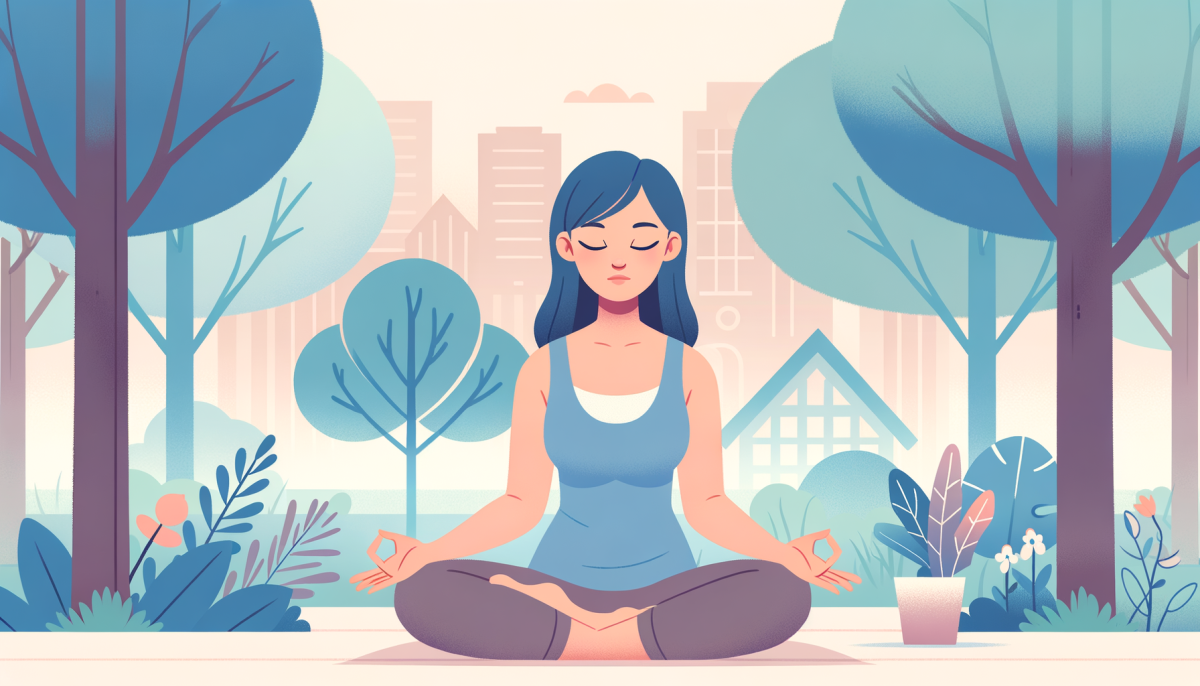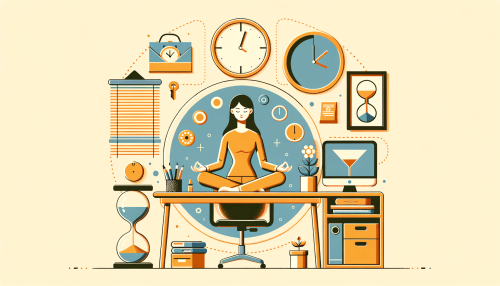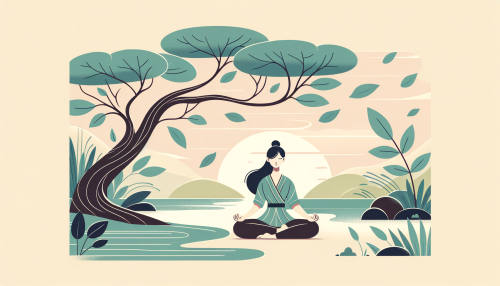Introduction
In the labyrinth of life, young adults often find themselves ensnared in the tendrils of anxiety. This invisible adversary, with its insidious ability to infiltrate the mind, can leave one feeling trapped, overwhelmed, and isolated. Yet, it is not an unconquerable foe. This article aims to equip young adults with an arsenal of techniques to combat anxiety, transforming it from a formidable enemy into a manageable aspect of life. By illuminating the path towards understanding and managing anxiety, we hope to empower young adults to navigate their way through the maze of their mental landscape with confidence and resilience.
Understanding Anxiety

Anxiety, in its essence, is a multifaceted emotional state, often characterized by feelings of unease, apprehension, or dread. It’s a natural response to perceived threats or stressful situations, acting as a survival mechanism that prepares the body for potential danger. However, when these feelings become persistent, overwhelming, or out of proportion to the actual threat, it can interfere with daily life, signaling an anxiety disorder.
To comprehend anxiety, one must delve into the intricate workings of the human mind. The brain, a complex organ, is the epicenter of anxiety. It’s here that the amygdala and hippocampus, two key players in the anxiety narrative, reside. The amygdala is responsible for processing emotions and determining the appropriate response, while the hippocampus encodes these emotional experiences into our memories. When these two structures become hyperactive or their communication is disrupted, it can lead to heightened anxiety responses.
Moreover, anxiety is not merely a psychological phenomenon but has physiological manifestations as well. The body’s fight-or-flight response, a primitive survival mechanism, is often activated during periods of intense anxiety. This response triggers a cascade of physiological changes such as increased heart rate, rapid breathing, and heightened senses, preparing the body to either confront or flee from the perceived threat. However, in the context of an anxiety disorder, this response may be triggered unnecessarily, leading to physical discomfort and distress.
Understanding anxiety also involves acknowledging its multifactorial nature. It’s not solely a product of our biology but is influenced by a myriad of factors including genetics, environment, and personal experiences. Certain individuals may be genetically predisposed to anxiety disorders, while others may develop them as a result of traumatic experiences or chronic stress. Furthermore, societal pressures and expectations can also contribute to the development and perpetuation of anxiety disorders. Thus, understanding anxiety requires a holistic approach, considering not only the biological underpinnings but also the psychological and sociocultural factors at play.
Coping Strategies
In the throes of anxiety, it’s crucial to have a repertoire of coping mechanisms at your disposal. These strategies can serve as a lifeline, a beacon of light in the midst of the storm. One such strategy is the practice of mindfulness. This involves immersing oneself in the present moment, acknowledging and accepting feelings, thoughts, and bodily sensations without judgment. It’s akin to being an impartial observer of your own experience. This technique can help to break the cycle of worry and fear that anxiety often brings.
Physical activity is another potent antidote to anxiety. It’s not just about the release of endorphins, those feel-good chemicals in the brain. Exercise also provides a distraction, a way to break free from the incessant chatter of anxious thoughts. It’s like giving your mind a much-needed vacation. Whether it’s a brisk walk in the park, a yoga session, or a high-intensity workout, find an activity that you enjoy and make it a regular part of your routine.
Moreover, the power of social connection should not be underestimated. Anxiety can often make us feel isolated, as if we’re the only ones going through this struggle. But reaching out to others, sharing our experiences, and realizing that we’re not alone can be incredibly healing. It’s like finding a safe harbor in the midst of a storm. Whether it’s a trusted friend, a family member, or a professional counselor, don’t hesitate to seek support when you need it.
Lastly, self-care is paramount. This isn’t about indulgence or luxury, but about treating yourself with the same kindness and compassion that you would extend to a loved one. It’s about recognizing your own worth and taking steps to nurture your physical, emotional, and mental well-being. This could involve anything from ensuring you get enough sleep, to eating a balanced diet, to taking time out for relaxation and leisure activities. It’s like being your own best friend, standing by your side through thick and thin.
Lifestyle Adjustments
In the quest to mitigate anxiety, the role of lifestyle modifications cannot be overstated. The first step towards this is to ensure a balanced diet. Consuming nutrient-rich foods can significantly enhance your mental well-being. It’s akin to fueling a car; the quality of the fuel directly impacts the performance of the vehicle. Similarly, the food you consume can influence your mental health. Incorporate fruits, vegetables, lean proteins, and whole grains into your diet, while reducing the intake of processed foods, caffeine, and alcohol.
Physical activity is another crucial aspect of lifestyle adjustments. Regular exercise can act as a natural anxiety reliever by boosting your mood and acting as a natural distraction from worries. It’s not necessary to engage in strenuous workouts; even light activities like walking or yoga can have a significant impact. Think of it as a painter using broad strokes to create a masterpiece; even the simplest forms of exercise can paint a picture of improved mental health.
Sleep, often overlooked, is a vital component of a healthy lifestyle. It’s the body’s natural way of recharging and rejuvenating. Lack of sleep can exacerbate feelings of anxiety and make it harder to cope with stress. It’s like a book with missing pages; without enough sleep, your body can’t function at its best. Aim for 7-9 hours of sleep per night and maintain a regular sleep schedule.
Lastly, it’s essential to cultivate a positive mindset. Engage in activities that bring you joy and help you relax. This could be reading a book, listening to music, or spending time in nature. It’s like finding a hidden treasure; these activities can bring a sense of peace and reduce feelings of anxiety. Remember, it’s not about eliminating anxiety completely, but learning to manage it effectively.
Conclusion
In conclusion, grappling with anxiety is a journey that requires resilience, patience, and the right tools. Young adults can harness the power of mindfulness, physical activity, and a balanced diet to mitigate the effects of anxiety. Additionally, fostering a supportive network of friends and family, and seeking professional help when necessary, can significantly alleviate the burden. Remember, it’s not about eradicating anxiety completely, but learning to manage it effectively. It’s a process, not a destination. So, take one step at a time, and remember, you’re not alone in this journey.





